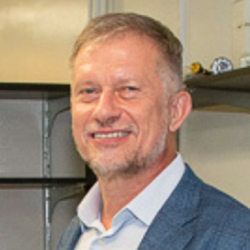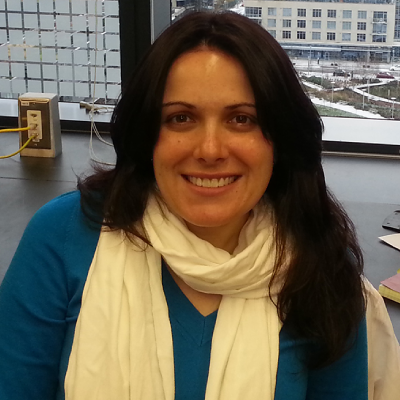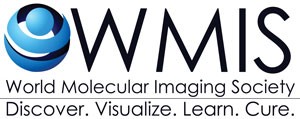
Alexei A. Bogdanov, Jr., PhD, Sc.D.
University of Massachusetts Medical School; Worcester MA
Research Interests:
Increasing the selectivity and sensitivity of existing imaging probes designed for magnetic resonance, nuclear medicine and optical imaging applications
- Non-invasive in vivo microscopy as well as in vivo imaging of proteolytic activity in tumor compartments in living animal models of cancer and inflammation
- Detection of protein-DNA interactions in living cells and in realistic animal models of human diseases
Under the directorship of Dr. Alexei Bogdanov, the mission of the Laboratory of Molecular Imaging Probes is to develop diagnostic and theranostic contrast agents and sensing probes capable of detecting/treating human disease at its earliest stage.
Our most recent efforts have been focused on applying both well-established and emerging cross-sectional in vivo imaging modalities (e.g. magnetic resonance imaging, photoacoustic, fluorescence lifetime tomographies) to detect and measure real-time, molecular-level physiological events so as to gain a better understanding of disease development and progression in realistic animal models of human disease. We believe that these imaging probes and sensors, along with the technical advances that result from their application in vitro and in vivo, will be of future use in high-content screening and will ultimately be translatable to diagnostic imaging strategies in vivo.

Research Interests:
- Nerve-Specific Fluorophores for Image-Guided Surgery
- Intraoperative Margin Assessment using Dual Probe Difference Specimen Imaging
- Cyclic Immunostaining for Multicolor Microscopy
- Intracellular Paired Agent Imaging (iPAI) Enables Assessment of Drug Biodistribution & Therapeutic Efficacy
The Gibbs lab is focused on the development of optimized imaging reagents to expand the capabilities of macroscopic and microscopic cancer imaging. This includes fluorophore development for image-guided surgery, super resolution microscopy, and correlative light and electron microscopy to visualize and characterize cancer from the operating room to the single cell level.
